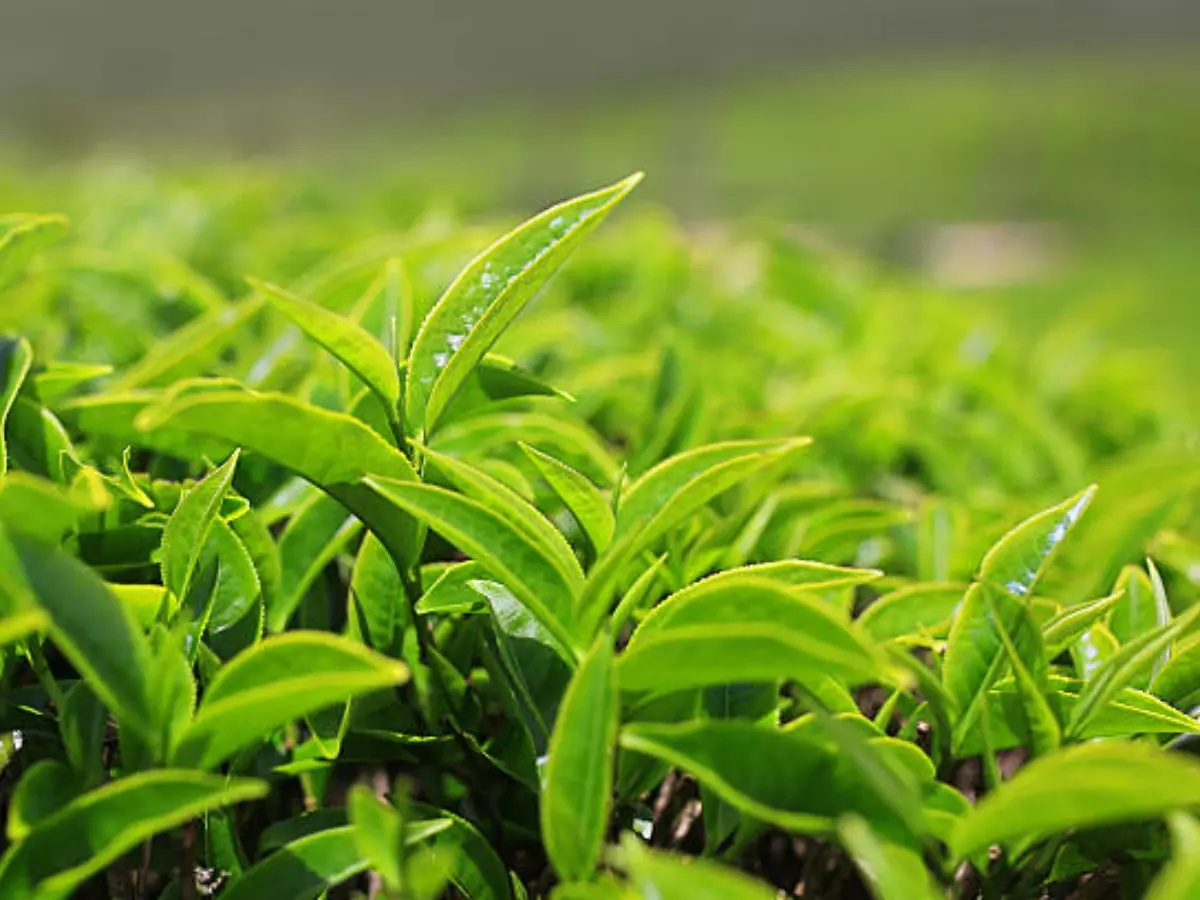The Beloved Chai Of Indians And How This Tribe Was Sipping A Cuppa Much Before The Chinese
Tea, the second most consumed drink globally, is believed to have originated in China. However, little known is the fact that the Singphos (a tribe indigenous to the upper reaches of the Brahmaputra valley and the foothills of the Himalayas) were probably sipping a cuppa of tea much before the Chinese! This is the journey of tea in Assam and how the State came to account for around half of India's overall tea production.

India is a nation of tea lovers. Be it ginger tea, elaichi tea to now even green tea - Indians are deeply fond of their chai!
Surprisingly, however, tea which is the second most consumed drink globally, is believed to have originated in China.
But a lesser known fact is that the Singphos (a tribe indigenous to the upper reaches of the Brahmaputra valley and the foothills of the Himalayas) were probably sipping a cuppa of tea much before the Chinese!
 Wikimedia Commons
Wikimedia Commons
Till the early-19th century, tea was known to be grown from only one plant species, Camellia Sinensis var. Sinensis, in China. To reduce its tea import bill from China, the British East India Company began to look for suitable tracts of land in India to plant tea.
Assam tea origins
In 1823, Scottish adventurer Robert Bruce was sent on an expedition to Assam, where he met an Assamese nobleman, Maniram Dewan.
 Robert Bruce and Maniram Dewan / Wikipedia
Robert Bruce and Maniram Dewan / Wikipedia
Dewan introduced him to the Singpho tribe. These local tribesmen brewed a beverage from leaves of a plant. Bruce was certain that this was the alternative to Chinese tea.
Much later, by 1830, this plant was given its own name: Camellia Sinensis var Assamica.
 LinkedIn
LinkedIn
Large-leaf teas come from the assamica strain and are mostly used for black tea, while small-leaf teas belong to the sinensis strain and are mainly used for green tea.
In 1839, the Assam Tea Company was established, and it became the first company to grow and make tea.
 Assam Co, HQ in Nazira/ cam.ac.uk
Assam Co, HQ in Nazira/ cam.ac.uk
Thus, Assam tea was first discovered in 1823, and the year 2023 marks 200 years of this momentous event.
The Singpho Phalap
A tribe that migrated to India from Mongolia - the Singphos - are said to be the first tea drinkers, even before the Chinese began making tea.
 Twitter
Twitter
The Singpho tribe inhabits the Lohit and Changlang districts of Arunachal Pradesh as well the districts of Tinsukia, Sivasagar, Jorhat and Golaghat of Assam. They reside on the banks of Siang and Noa Dihing rivers, spreading to as far as the southeastern part, including the land of the Khamtis.
The Singphos pluck the tea plant's tender leaves and leave them to dry in the Sun for a few days to stop the oxidation process. The leaves are then pressed into a bamboo cylinder, where the tea leaves undergo a slow fermentation process.
 https://teaorb.com/
https://teaorb.com/
This process of making the Singpho phalap infuses the tea with a smoky flavour, which is the characteristic taste of the brew.
The Singpho Phalap tea is believed to be rich in antioxidants that boost the immune system. It also contains theanine which reduces stress and anxiety. Overall, it is believed to minimise digestion, aid in weight loss and reduce the risk of chronic diseases.
The pioneer in tea making
Maniram Dutta Baruah, popularly known as Maniram Dewan (due to his role as Dewan - finance official - of the Assam Company), was one of the first Indians to establish tea gardens, the Cinnamara tea garden at Cinnamara in Jorhat and Senglung in Sivsagar, both in Assam.
Why Assam?
Tea grows best in areas with a maximum temperature of 16-32?C, a well-distributed rainfall of about 150 cm per annum, and relative humidity of around 80%. These requirements deem Assam the most suitable for tea production in India.
 iStock
iStock
Assam tea is generally harvested twice, in a "first flush" during March and a "second flush" during June. The second flush is the more prized and sweet "tippy tea", named thus for the gold tips that appear on the leaves.
200 years on
In 2023, Assam is celebrating 200 years since the first discovery of tea in the State. Today, the Brahmaputra Valley has the largest concentration of the tea plant, Camellia Sinensis var Assamica. It also has the world's largest tea estate - Monabari, in the Biswanath district, and the State accounts for around half of India's overall tea production.
For 200 years, Assam ki ¡®kadak chai¡¯ has powered the day for crores of people across the world.
¡ª Himanta Biswa Sarma (@himantabiswa) May 21, 2023
On #InternationalTeaDay we reiterate our commitment to our 70 lakh strong tea garden community & celebrate the bicentennial year of India¡¯s national beverage in a grand manner. pic.twitter.com/sFQPl20NNH
The State is thus poised to mark this event in huge celebration across - the current Assam CM Himanta Biswa Sarma on Sunday said, "The bicentennial year of Assam Tea will be marked in a grand manner."
For more on news and current affairs from around the world, please visit Indiatimes News.
